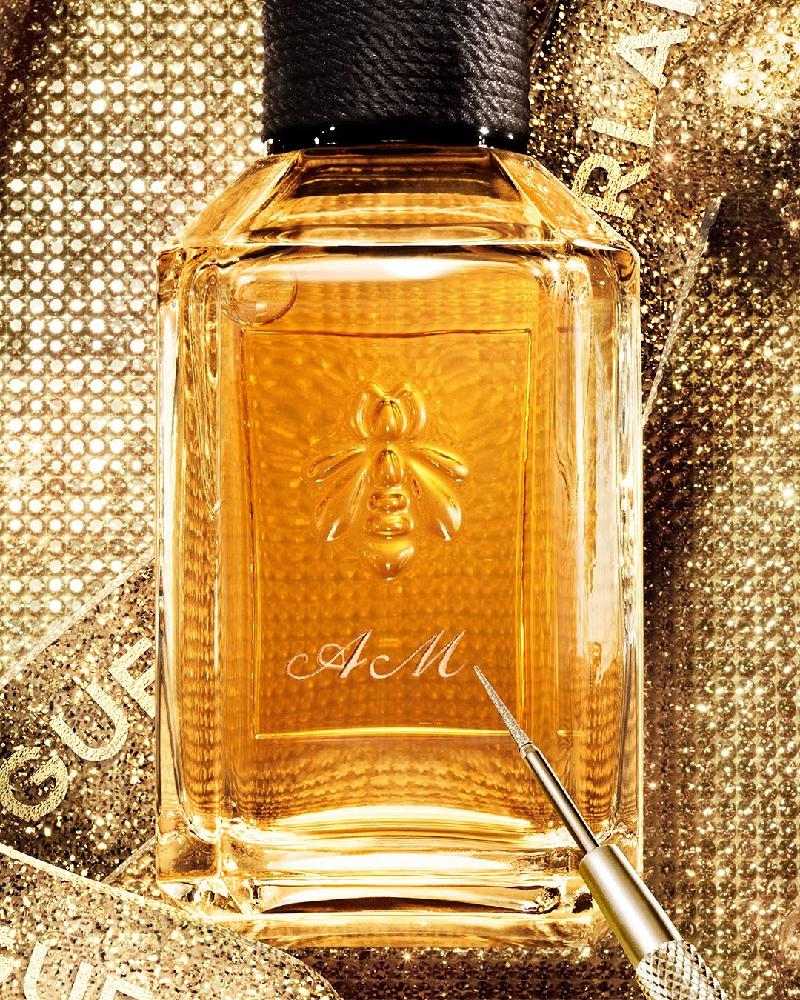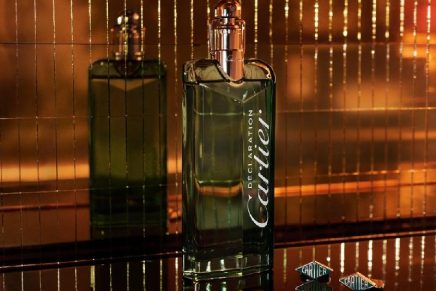As we approach 2025, the fragrance industry is undergoing a remarkable transformation, blending traditional olfactory experiences with avant-garde innovations. The trends emerging for this year promise to push boundaries while addressing evolving consumer demands for sustainability, personalization, and emotional resonance.
1. The Rise of “Neo Gourmands”: A Feast for the Senses
Inspired by savory foods and café culture, “neo gourmands” take center stage. While past gourmand fragrances leaned on sugary notes like vanilla and caramel, 2025 sees a shift toward more sophisticated and unexpected blends:
Savory Touches: Notes of roasted coffee, salted caramel, and even soy sauce add depth.
Dessert with a Twist: Confections like pistachio gelato, spiced chocolate, and honeycomb emerge in fragrances, offering rich and nuanced profiles. While innovative, some argue that overly complex gourmand blends risk alienating purists who prefer more traditional compositions. Additionally, these fragrances might lack longevity compared to simpler, more refined formulas.
2. Nostalgia Reimagined: Retro Scents with a Modern Edge
Fragrance houses are diving into the archives, resurrecting classic scents with a contemporary twist:
Resurgence of Florals: Timeless flowers like rose, jasmine, and lily of the valley return, but in deconstructed forms—rose with hints of leather or jasmine with citrus bursts. Throwback to the 80s and 90s: Musky scents reminiscent of vintage colognes are reintroduced, often paired with unexpected ingredients like aquatic accords or metallic notes. While nostalgia is powerful, it can tether creativity. Relying too heavily on past trends might hinder innovation and fail to captivate younger demographics seeking novelty.
3. Biophilia in a Bottle: The Nature-Driven Movement
The biophilic trend, emphasizing humanity’s connection to nature, remains a dominant force:
Forest Bathing Scents: Notes of pine, cedarwood, moss, and petrichor mimic the experience of walking through ancient woodlands.
Marine and Mineral Accords: Salty sea breeze, wet stones, and kelp add fresh, invigorating dimensions to perfumes.
Sustainability at the Forefront: Brands are turning to upcycled ingredients, like using leftover orange peels or coffee grounds from other industries. The push for sustainability is commendable, but the cost of such processes often translates to higher price tags. This raises questions about accessibility and whether such innovations cater only to a niche luxury market.
4. Personalized Perfume: The Era of Bespoke Scents
Technology is redefining the fragrance experience:
AI-Driven Blending: Platforms are using artificial intelligence to create custom scents based on individual preferences and emotional states.
Wearable Fragrance Devices: Innovations like scent pods allow users to change their perfume throughout the day without reapplying. While personalization aligns with modern consumer desires, it risks sidelining the artistry of traditional perfumery. There’s also the concern that such tech-based solutions may alienate consumers who value the tactile and sensory experience of selecting a scent.
5. Clean and Transparent: The Green Evolution
Clean beauty is influencing the fragrance world, with more brands embracing transparency in ingredients and production:
Natural and Vegan Formulas: A surge in demand for perfumes free from synthetics, animal-derived ingredients, and allergens.
Label Transparency: Clear listing of fragrance components to build consumer trust. While the clean fragrance movement is growing, skeptics argue that “natural” does not always equate to “better” in terms of performance, longevity, or complexity. Moreover, fully natural formulas may struggle to achieve the same artistic depth as synthetic counterparts.
6. Cultural Crossroads: Global Influences
As markets like the Middle East, Africa, and Asia grow in prominence, their rich olfactory traditions are influencing Western perfumery:
Middle Eastern Opulence: Oudh, saffron, and ambergris are paired with modern florals and fruits for a fresh take on classic Arabian scents.
Asian Minimalism: Green tea, bamboo, and cherry blossom blend into airy, sophisticated fragrances.
The global infusion is exciting, but the risk lies in cultural appropriation rather than genuine collaboration. Brands must tread carefully to respect and honor the origins of these inspirations.
Predictions for 2025 and Beyond
Hybrid Experiences: Perfumes that shift scents throughout the day, responding to body temperature or environment.
Functional Fragrances: Scents designed for specific moods or purposes, like enhancing focus or promoting relaxation.
Immersive Packaging: Multi-sensory unboxing experiences that tie scent to tactile, auditory, and visual cues.
The fragrance industry of 2025 promises to be a dynamic interplay of tradition, innovation, and sustainability. However, the challenge lies in ensuring these trends resonate authentically with a diverse audience while maintaining the integrity and artistry of perfumery.





